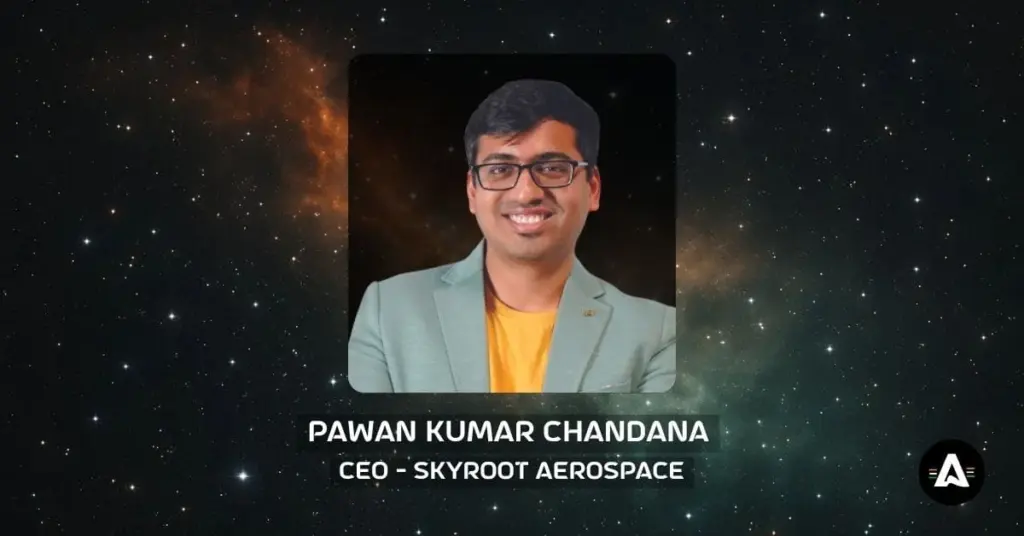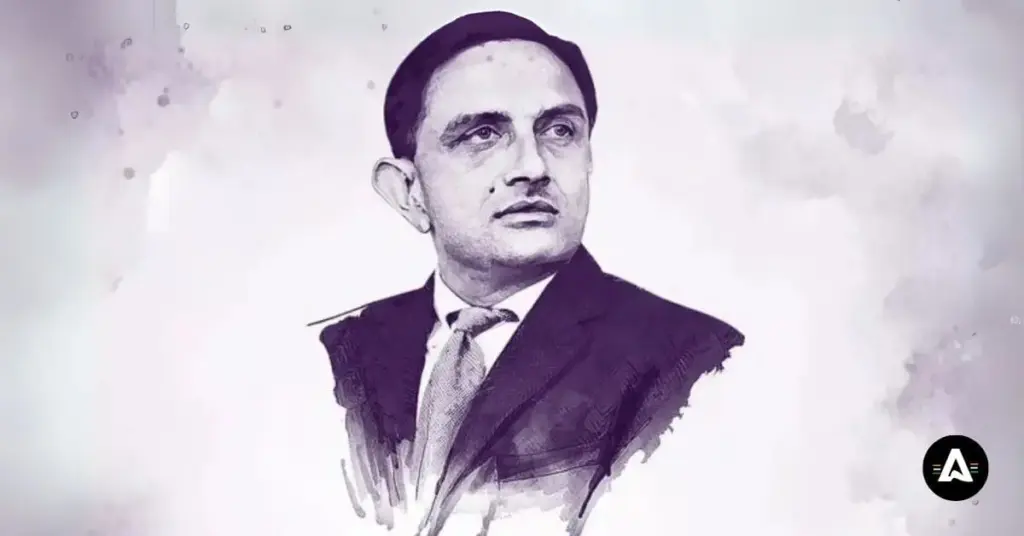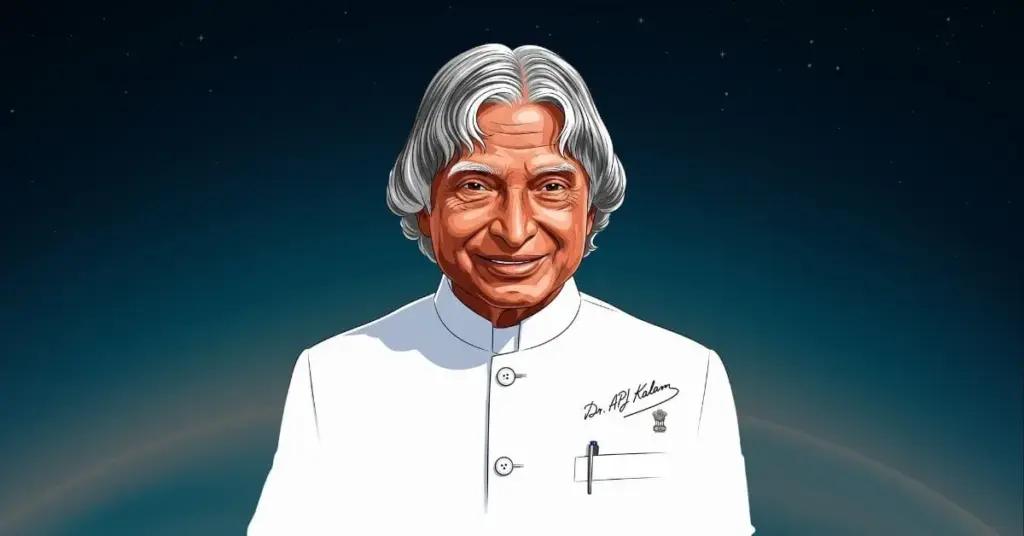Dr.Ritu Karidhal: The Rocket Woman of India
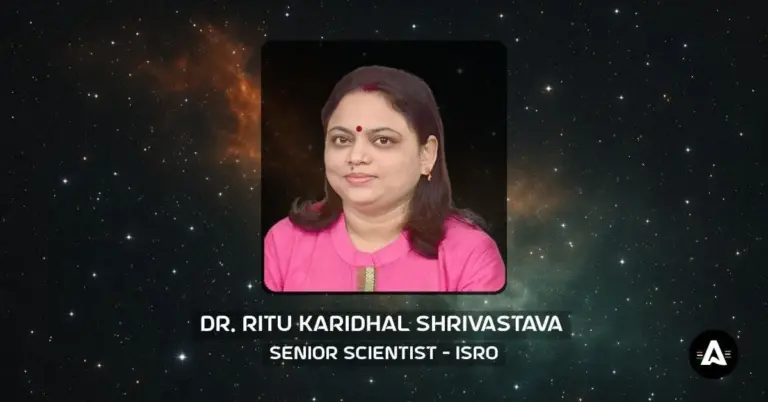
Dr. Ritu Karidhal Srivastava, often called the “Rocket Woman of India,” is a senior scientist at the Indian Space Research Organisation (ISRO).
She was the Mission Director for Chandrayaan-2 and played a key part in the Mars Orbiter Mission. Her work is very important for India’s space exploration through ISRO.
Ritu grew up in Lucknow. She loved aerospace engineering from a young age. She studied at the University of Lucknow and later went to the Indian Institute of Science (IISc).
She has won several important awards, like the ISRO Young Scientist Award and the UP Gaurav Samman.
Ritu supports gender equality in science. Her achievements give hope to many young women in India who want to work in aerospace or space research organisation fields.
ISRO Scientist Ritu Karidhal Biography
Dr. Ritu Karidhal Srivastava is known as the “Rocket Woman of India.” She works as a senior scientist at ISRO. Ritu has had big roles in India’s big space projects, like the Mars Orbiter Mission and Chandrayaan-2. She has shown a lot of hard work and success in aerospace engineering. Ritu took her childhood love for science and made it into something great. Many people in India and around the world look up to her story. The work Ritu has done in aerospace and the Mars Orbiter keeps on inspiring people even today.
Her early life and what she did in school helped set the path for this good career. The things she learned and the work she did back then made it all possible.
Early Life and Educational Background
Dr. Ritu Karidhal Srivastava is from Lucknow, Uttar Pradesh. Her love for science and space started when she was just a child. Ritu went on to study at the University of Lucknow. She got both her Bachelor’s and Master’s degrees in Physics there. It was clear from early on that Ritu was good at her studies.
After this, she wanted to learn more. She joined IISc Bangalore. At IISc, she got her master’s degree in aerospace engineering. Every step she took showed her strong focus. This helped her move ahead in her aerospace career and work in space research.
Now, let’s take a closer look at her childhood and see what made her dream big.
Family Influences and Childhood Aspirations
Dr. Karidhal grew up in Lucknow. Every night, she loved to look up at the sky. She thought a lot about the stars, the shape of the moon, and what could be out in outer space. These quiet moments made her want to learn about the cosmos for the rest of her life.
Her family played a big role in keeping her interested in space. They did not have much, but they showed her that learning matters a lot. Their belief in education helped her see science in a special way. It also gave her a good start for all her future work.
When she was a teenager, she started to feel even more sure about what she wanted. She began to collect newspaper stories about ISRO, NASA, and their space missions. Seeing these updates made her feel that she wanted to be part of India’s work in outer space.
Next, we will talk about her path in education. We will look at how she worked hard to be a part of ISRO.
Academic Journey and Inspiration to Join ISRO
Dr. Karidhal learned a lot about science at the University of Lucknow. She got her Bachelor’s degree and her Master’s degree in Physics from there. As she worked as a research scholar, she started to feel she could do much more. She saw that with hard work, you can also go into the tough area of aerospace engineering. The university in Lucknow helped her get ready for this big step into the aerospace field.
Her big career shift took place when she went to IISc Bangalore. At this place, she studied aerospace engineering. This new place helped her build her technical skills. She began to see aerospace and space science in many new ways.
She wanted to join ISRO because she had a strong love for helping India move ahead in science. She liked the idea of being at a space agency. She wanted to work on things that help India stand out in the world. This was what made her work so hard.
Her story, from the time she first had dreams to the work she does now, can be seen in her big career at ISRO.
Pioneering Career at ISRO
Dr. Ritu Karidhal began her job at the Indian Space Research Organisation (isro) in 1997. She worked as a senior scientist. She became well known at this space research organisation for new ideas, solving problems, and good teamwork. Ritu was part of many big missions, where there was a lot of risk and a lot to do.
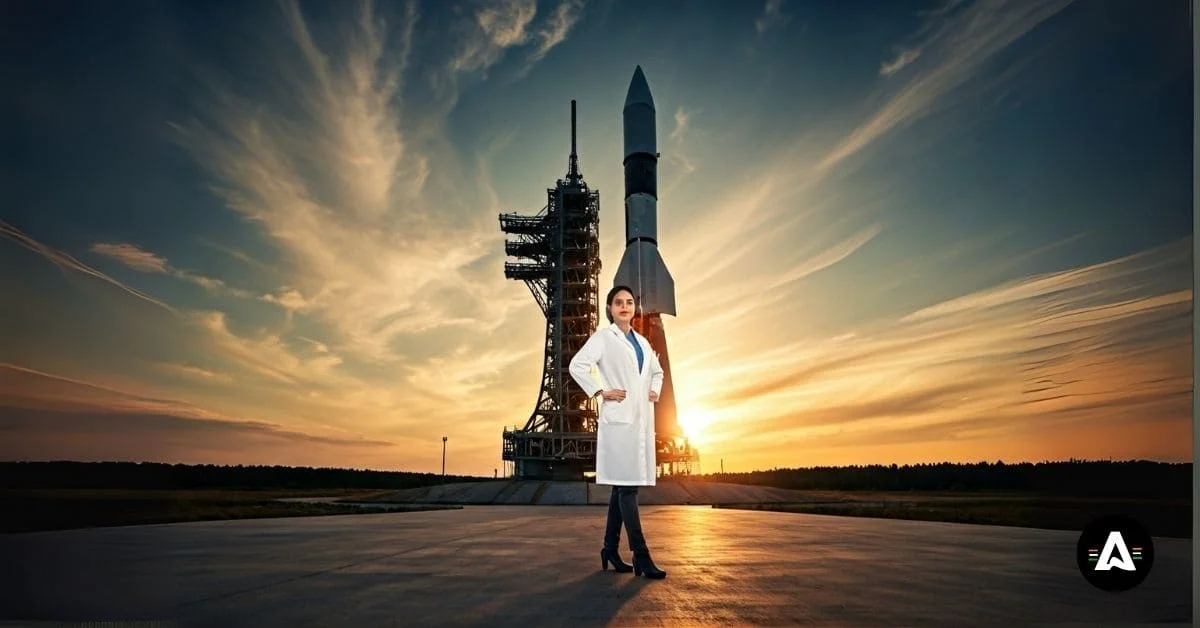
Ritu worked on big projects like the Mars Orbiter Mission and Chandrayaan-2. This showed that she has strong skills and can handle tough work. The way she made plans and finished things raised the bar for space missions in India. Her work on the mars orbiter helped many people see what can be done in space from India.
Now, let’s see what her jobs were when she led the ISRO’s Chandrayaan missions.
Key Roles in Chandrayaan Mission
Dr. Karidhal was the mission director for Chandrayaan-2. She had a big part in India’s space exploration work. The mission did not land softly on the moon. But what they learned from this helped them make Chandrayaan-3 a success in 2023.
Dr. Karidhal looked at the moon’s South Pole. No one had ever gone there before. When Chandrayaan-3 was a success, it put India among the top in space missions and moon landings. Here is a simple list of her main roles:
Mission | Role | Key Contributions |
|---|---|---|
Chandrayaan-2 | Mission Director | Strategy for exploration |
Chandrayaan-3 | Supervisory Lead | Ensured successful soft landing |
Her work was key to ISRO’s biggest moon project so far.
Let’s go back and talk about her main work in the Mars Orbiter Mission.
Contributions to the Mangalyaan Mission
In the Mars Orbiter Mission, also known as Mangalyaan, Dr. Ritu Karidhal was the Deputy Operations Director. She had to design and set up the onward autonomy system of the spacecraft. This system let the mars orbiter spot problems on its own and fix them, without waiting for help from people on Earth. Dr. Ritu played an important role in making sure the mars orbiter mission could do its work well and safely as it traveled to Mars.
This idea showed what India is able to do in space. India was the first Asian country to reach Mars. It is also only the fourth country in the world to do this. Mangalyaan made a big mark because it did its work so well. The whole project took only 18 months. It cost ₹450 crores, which is much less than what other countries have spent on the same kind of mission.
Her important work in Mangalyaan helped make ISRO’s name bigger in India and the world. Many people saw her as one of the main people who changed how India works on space research.
Let’s look at her leadership skills and see the awards she got.
Leadership, Achievements, and Recognition
Dr. Karidhal has shown strong leadership in her field. She has received many honors for her work. One of the first was the isro young scientist award. She got this award in 2007 from President A.P.J. Abdul Kalam. In 2024, she also received the gaurav samman award from the Chief Minister of Uttar Pradesh, Yogi Adityanath.
Her work in space missions has helped inspire some movies. In the film “Mission Mangal,” actress Vidya Balan played her role. This shows the real impact Karidhal has had. Karidhal has also spoken at TEDx events. There, she told her story and talked about how she found success in space missions.
She always supports gender equality and works to help more young women in India start a career in STEM fields. This makes her a true inspiration for many. A lot of young women in the country look up to her and feel motivated by what she does.
To sum up, Dr. Karidhal has done good work in ISRO. The way she sees the future helps many people feel hope and dream bigger. She keeps showing us that we can do more and reach new goals.
Conclusion
Dr. Ritu Karidhal’s story shows how much people can do with hard work and a strong love for space exploration. She worked at ISRO. There, she made a big impact in the Chandrayaan and Mangalyaan missions. Her work not only helped India grow in space, but it also got many people, especially women, to think about having jobs in science and technology.
When we look at what Ritu has done, we see that her leadership is much more than just science. She gives hope and pushes others to keep trying. Dr. Karidhal represents new ideas and not giving up, even when things get tough. She reminds us that with steady work and big dreams, people can reach great heights. If you want to know more about how she changed space exploration in India through ISRO, you can read our more detailed information or contact us to talk more.
Frequently Asked Questions
Dr. Ritu Karidhal is called the “rocket woman of India.” She got this name because of her big work in space exploration. As a senior scientist at ISRO, she has been part of top space missions like Mangalyaan. She was also part of Chandrayaan. Ritu shows how important she is to India and their plans for space. Her hard work in these projects has made many people proud in the country.
Dr. Karidhal had a key role as the mission director for Chandrayaan-2. She was also watching over Chandrayaan-3. Her choices and leadership helped India become the first country to land softly on the south pole of the moon.
Dr. Karidhal got the ISRO Young Scientist Award in 2007. In 2024, she also got the Gaurav Samman award. She got these awards for her good work at ISRO. Lucknow University, where she studied, gave her an honorary doctorate. This showed how much they value her work in space science.
Dr. Karidhal works hard for gender equality in STEM. She shows everyone what women can do in fields with not many women. Because of her work and strong leadership, young women feel they also can get into science. Dr. Karidhal stands for inclusion and diversity. She gives hope to others in these jobs.
Dr. Karidhal grew up in Lucknow and did not have many resources when she was young. She faced many problems while she worked in aerospace engineering. By coming up with new ideas in Mangalyaan, she showed that India can do good work in space. Because of this, India can now stand with big names like NASA in aerospace.

